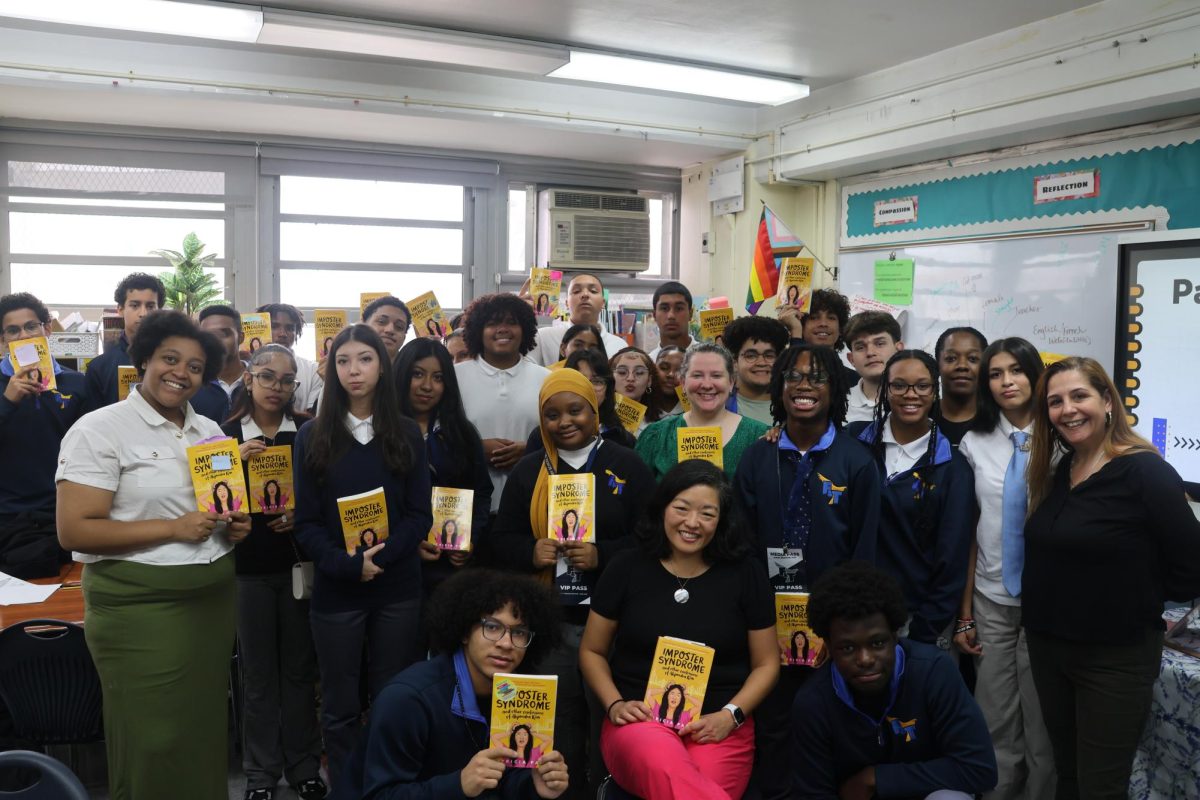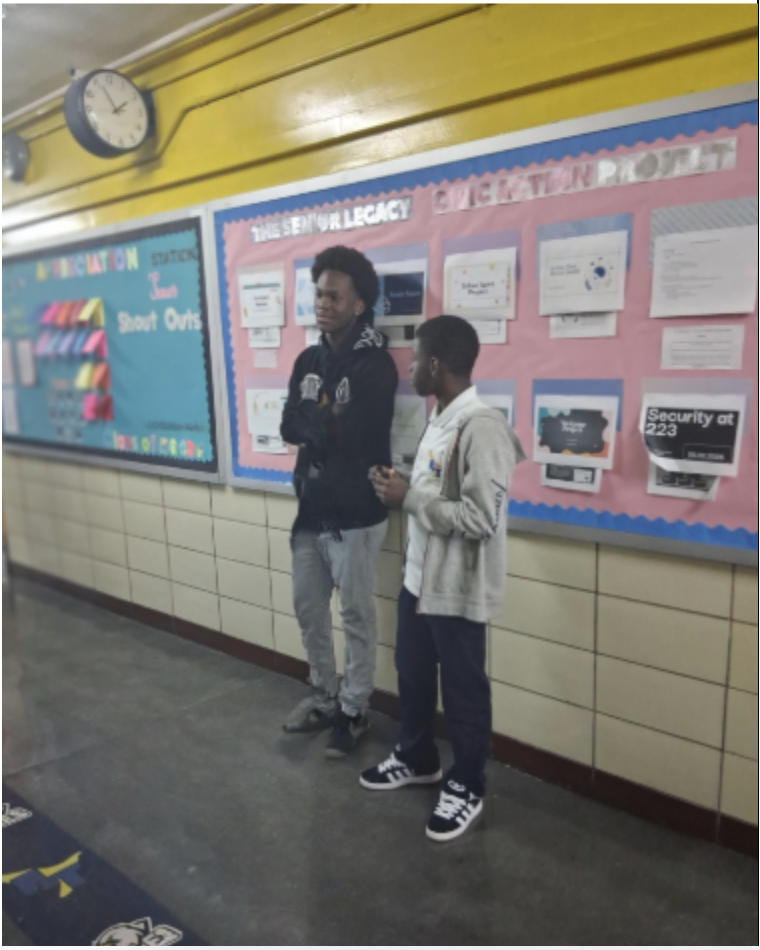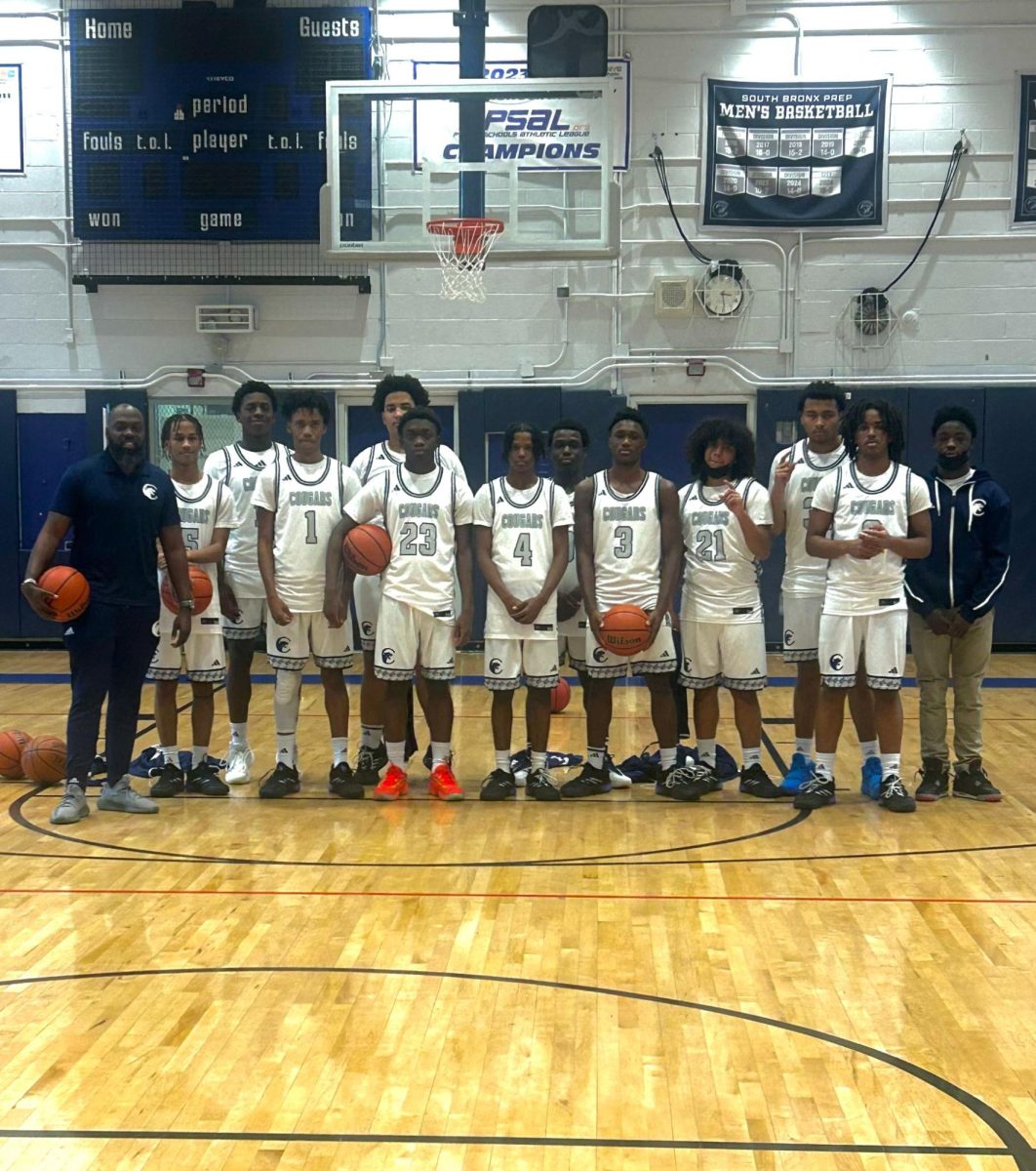The Unspoken Reality of Thanksgiving
Although many celebrate Thanksgiving annually, it’s likely due to the feasts. But do those same individuals acknowledge the history behind Thanksgiving?
It first started in 1620, when a small ship called Mayflower left Plymouth, England, carrying 102 passengers; a group of religious separatists seeking a new home where they can freely practice their faith and other people who were looking forward to seeing the “New World”. Months later, the Mayflower crossed Massachusetts Bay, where the Pilgrims, as they are now commonly known, established a village in Plymouth.
It was winter when they arrived so they were exposed to many diseases. Only half of the colonists survived until the spring. They received a visit from a Native American who was from the Abenaki tribe. Some days passed and he came back with another Native American who was from the Pawtuxet tribe. His name was Squanto and he was kidnapped by an English sea captain and sold as a slave, but later on, would escape to London and return to his homeland on an exploratory expedition. He taught the settlers how to survive. He taught them skills like how to cultivate corn, extract sap from maple trees, catch fish in the rivers, etc, all valuable skills for survival. He also helped the settlers make an alliance with Wampanoag, a local tribe.
In 1621, after the pilgrims had their first successful corn harvest, Governor William Bradford (one of the pilgrims who traveled on the Mayflower ship) organized a celebratory feast and invited the Wampanoag tribe, who were the settler’s Native American allies. Although they didn’t use that term, the feast was remembered as America’s “first Thanksgiving,” which lasted for 3 days.
In 1789 George Washington issued the first Thanksgiving proclamation by the national government of the United States. In it he said for Americans to express their gratitude for the happy conclusion to the country’s war of independence and the successful ratification of the U.S. Thanksgiving would celebrate the numerous massacres of indigenous tribes throughout the 1637- the 1850s, colonization. Every other president after that followed the tradition.
New York state was one of the several states to make Thanksgiving an official holiday in 1817. Ten years later, Sarah Josepha Hale, a noted magazine editor, and prolific writer launched campaigns to make Thanksgiving a national holiday. After 36 years, Abraham Lincoln finally acknowledged her request during the Civil War and proclaimed Thanksgiving a national day to be celebrated every November.
Now, this is only the history behind Thanksgiving in America, but indeed, there are other countries that celebrate it and have different histories and versions of it. Canada’s history goes back to 1578 which means that the holiday started in other countries way before 1620.
Another one of the other few countries that celebrate it is the Netherlands, however, only the city of Leiden celebrates it as it’s said that the Pilgrims who went on the Mayflower ship lived there for 11 years before going to find a “New World”.
Many countries celebrate it at different times of the year. But despite all these differences, the general theme or purpose of Thanksgiving worldwide is to celebrate a day of gratitude for the blessings of harvest. So on November 24, I hope you can reflect and acknowledge this dense and powerful history before stuffing yourselves with turkey and mashed potatoes.
The Real History Of Thanksgiving Isn’t The One You Learned In School
The Myths of the Thanksgiving Story and the Lasting Damage They Imbue
Historical Highlights: The Thanksgiving Holiday (November 28, 1940)
Your donation will support the student journalists of The Laboratory School of Finance and Technology. Your contribution will allow us to purchase equipment and cover our annual website hosting costs.
Joselyn is a member of the HS223 class of 2023.


























Caitlin Jacob
Apr 18, 2023 at 3:50 pm
Your article is super informative and you did a spectacular job articulating a thorough history regarding Thanksgiving. I especially loved how you had acknowledged the holiday from a Native American perspective which will make people more cognizant about the truth as the next Thanksgiving comes around. Keep up the good work and I’m excited to see your writing flourish in the future.
Lily Hultgren
Apr 18, 2023 at 1:24 pm
Hi Safa,
I really enjoyed reading your article! The way it flows through the history of Thanksgiving chronologically is very smooth and makes it both informative and easy to read. I learned a lot of new information, especially the part towards the end about the other countries that practice Thanksgiving such as Canada and Netherlands. I had no idea so it was super interesting to read about. My favorite part was your ending paragraph. I thought it was very well written and wraps up the article nicely. I really liked how the final sentence balances both the important history as well as the fun image of having a great time at Thanksgiving dinner “stuffing” yourself with a great meal. I really enjoyed it because it made me really think back on my own fun memories of Thanksgiving but now I can also think back on the rich history that you discussed in the article, Overall, really great job! I enjoyed reading it a lot and learned so much! Have an amazing day!
Nina Bowens
Apr 18, 2023 at 12:17 pm
Safa – I absolutely loved this article! I really enjoyed how you prefaced the true story by relating to your audience and referencing how most Americans celebrate the Holiday for the food. After learning more specifics about the true story of Thanksgiving, I found myself much more informed than previously just believing that it was a meal between natives and pilgrims. Lastly, I loved your conclusion in which you directly address the audience and wrap it up by saying “reflect and acknowledge this dense and powerful history” – and then tie it back to the meal by saying “before stuffing yourselves with turkey…” Your article was creative and light-hearted, and perfectly fit the mood of the Holiday!